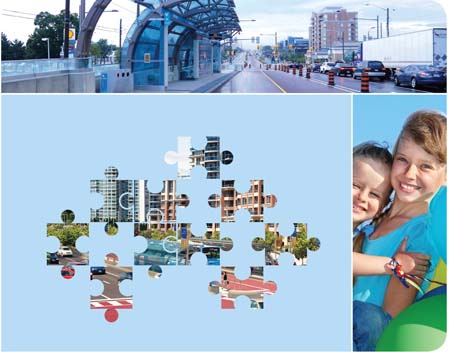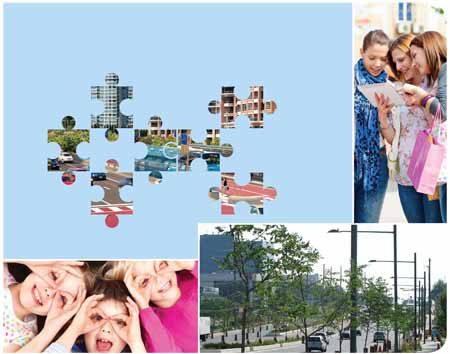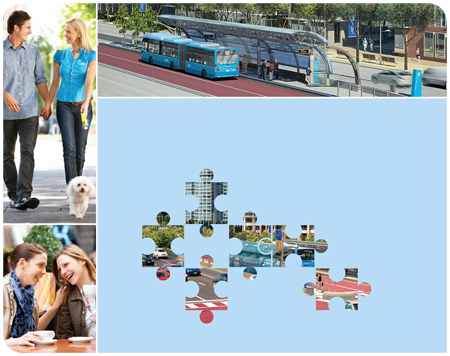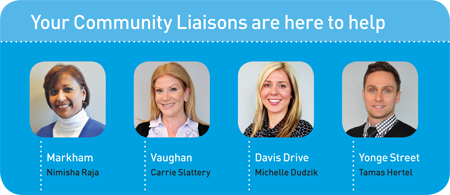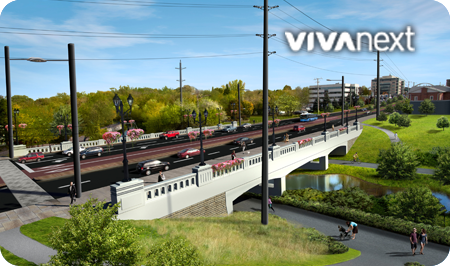As we get closer and closer to the time when the Highway 7 rapidway will be ready for service, our teams are working hard to finish all sorts of little details. With much of the construction complete, we’re now focused on the final stages of completion and testing, and then getting ready for handover, when the system is officially turned over to York Region and YRT, the system owners and operators.
Handover means just what it says – it’s the moment in time when a system is handed over to the owner for care and custody. From that time going forward, a system – which until then has been the responsibility of the Contractor/Design Builder – becomes the private property of the owner, and anyone needing access to do any additional work needs to get the permission from the owner for access.
Because the formal handover is such a significant development, especially on a major infrastructure project like the vivaNext rapidway, it’s important to ensure everything is in perfect working order. The various steps involved in commissioning, which is the testing period that takes place before handover, vary depending on what is being handed over. For example, with the fare equipment, we make sure the ticket vending machine [TVM] prints properly. With the traffic signals, once they’re programmed the permanent signals are turned on and each phase is tested individually, and all the push buttons are tested to make sure they work.
Streetlights are inspected to ensure all the wiring is according to the drawings; that the bases are level, and the power connections are all correct. The teams go out at night to actually turn on the lights, to ensure all the lamps come on and nothing is flickering. Lighting is an important safety feature for both pedestrians and vehicles.
Viva driver testing is completed to make sure drivers know how to use the rapidway, its signals, and the stations.
Every single detail is inspected through a visual walk-down and a list of the things that still need to be finished or perfected is created with items graded from most serious to least serious.
Once handover takes place, legal ownership and responsibility is transferred to the owner, and the Contractor/Design Builder’s warranty period begins, just the way it happens when a homebuyer takes possession of a new house.
Handover in this case means some elements of the rapidway, like the rapidway, stations, boulevards and planters, are transferred to the Region. Others, like the sidewalks and streetlights are transferred to the local municipality to maintain.
Ultimately, everyone who has a stake in vivaNext wants to see it work as designed, to provide a reliable, efficient rapid transit system and beautiful streetscape. Because, at the end of the day, the ultimate owners are the people who are depending on it to work well: the public of York Region and we all want this to be a system to be proud of.

